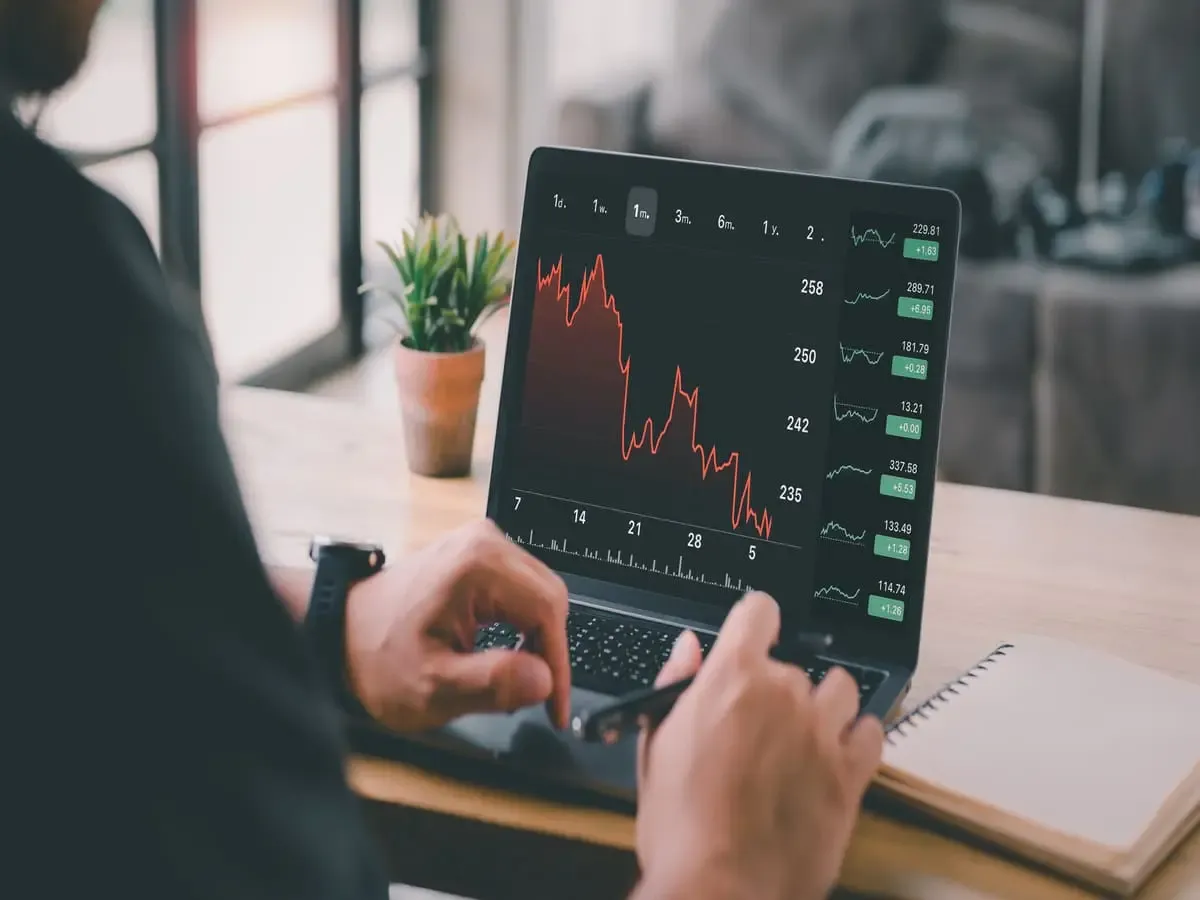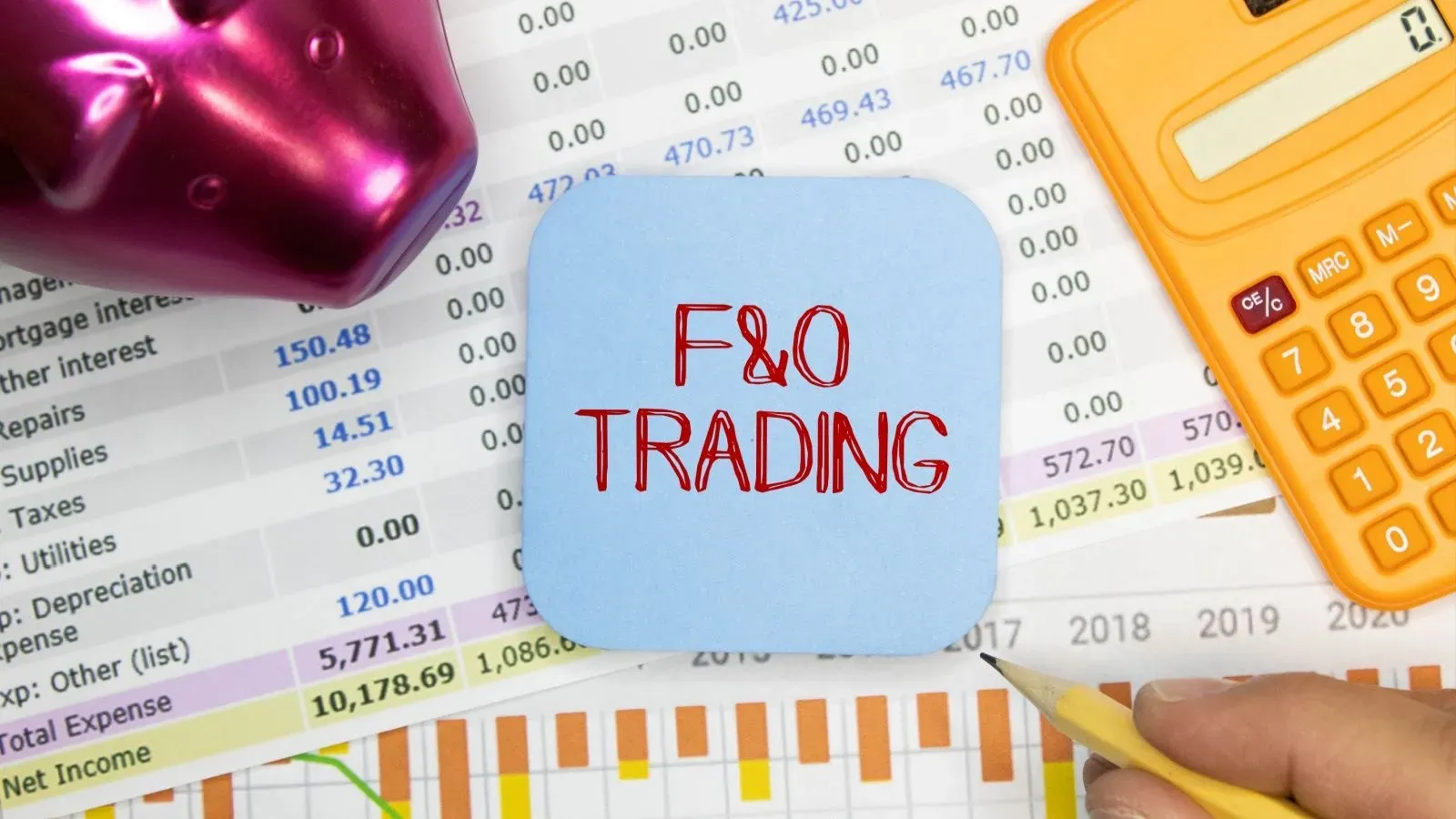What is Futures Spread
Written by Upstox Desk
Published on July 31, 2025 | 5 min read

A futures spread is a combination of two opposite transactions. It basically refers to taking a long position in one futures contract and a short position in another. The opposite positions can differ in expiries or even underlying.
Types of spreads
Let's understand the types of spreads in the market:
-
Calendar Spread
In a calendar spread, both the futures contracts have the same underlying, however their expiries are different. It is deployed by taking a long position in one futures contract and simultaneously a short position in another futures contract.
Let's gain a better understanding of this with the help of an example.
Smriti is a trader, according to her analysis now is a good time to deploy a calendar spread in TCS futures. She takes a long position in near month TCS futures and short position in next month TCS futures.
| TCS future contracts |
| Long position with near month expiry (December) |
| Short position with next month expiry (January) |
Now she needs to pay a margin to deploy this strategy. However as she is using a calendar spread she has to pay a lesser margin in comparison, than if she were to deploy this as 2 separate orders.
The spread is used to benefit from the price discrepancies in two futures contracts that have the same underlying although different expiries.
-
Commodity Spread
In a commodity spread, two future contracts having the same expiry but different underlyings are considered. Here, a long position is taken in one commodity futures contract and simultaneously a short position is taken in another commodity futures contract.
Not any random permutation and combinations can be used for a commodity spread. Here are a few criterias based on which these decisions are taken.
-
These commodities can be used as substitutes or are used in the same category.
Let's understand this with the help of a pair of agricultural commodities: The two commodities are soya and corn.
- Both Soya meal and cornmeal are used as cattle feed.
- However, if the price of cornmeal increases, the farmers will shift to wheat meal because they don't want to increase their cost, so they switch a costly commodity for a cheaper one.
- This increases the price of the soya meal. This continues till the markets stabilize.
Thus, as cornmeal and soya meal are substitutes, they can be used for a commodity spread.
-
They belong to the same asset class.
Let's understand this with the help of the fuels used in the energy sector: The two commodities are crude oil and natural gas.
- One is used commercially by factories and the other is used by consumers.
- Both of them are mined but they are considered as two different commodities as one is obtained during the procurement of the other.
- However, both of them have separate supply chains.
- They both have different beta values and variances. So no one news affects them to the same extent.
- Although if there is any problem in the availability of one, it also affects the price of the other.
- For instance, if one or two oil refineries in the world are shut down due to security reasons or if the pipelines are damaged then the procurement of natural gas becomes difficult. This will affect the price of both natural gas and crude.
-
The need for a commodity during a specific time.
- All commodities have a commodity cycle like agricultural commodities that have a harvest period and storage period as is the case with energy, it is first mined and then stored.
- Let's understand this with the help of the winter season in Europe.
- Europe experiences a very harsh winter, so they consume more energy in winter than in other seasons.
- So this energy consumption spikes seasonally every year like clockwork. The demand for natural gas is higher in winter. If the trader knows this they can use this information to their benefit and trade in them around this time.
Calendar Spread vs Commodity spread
| Point | Calendar Spread | Commodity Spread |
| Expiry | Both the contracts have different expiries. | Both the contracts have the same expiries. |
| Underlying of both positions | The positions (both) are on the same underlying. | The positions are on separate underlyings. |
| Underlyings on which this strategy can be used | Stocks, indices, commodities, interest rates etc. | Only on commodities. |
| Variance | The variance is the same for both the contracts. | The variance is different for both the contracts. |
| Volatility Hedge | Both the contracts are perfectly hedged. | The contracts are not perfectly hedged and thus there is a discrepancy. |
About Author
Upstox Desk
Upstox Desk
Team of expert writers dedicated to providing insightful and comprehensive coverage on stock markets, economic trends, commodities, business developments, and personal finance. With a passion for delivering valuable information, the team strives to keep readers informed about the latest trends and developments in the financial world.
Read more from UpstoxUpstox is a leading Indian financial services company that offers online trading and investment services in stocks, commodities, currencies, mutual funds, and more. Founded in 2009 and headquartered in Mumbai, Upstox is backed by prominent investors including Ratan Tata, Tiger Global, and Kalaari Capital. It operates under RKSV Securities and is registered with SEBI, NSE, BSE, and other regulatory bodies, ensuring secure and compliant trading experiences.





















